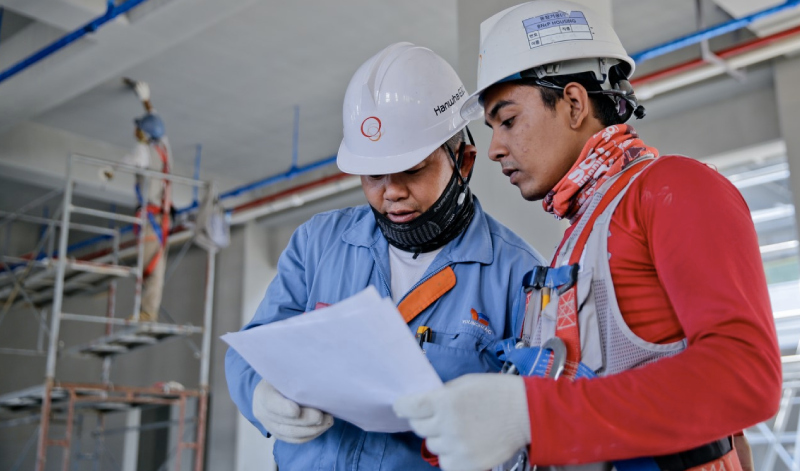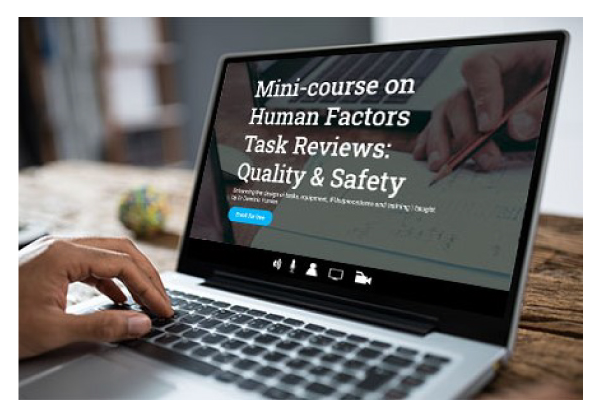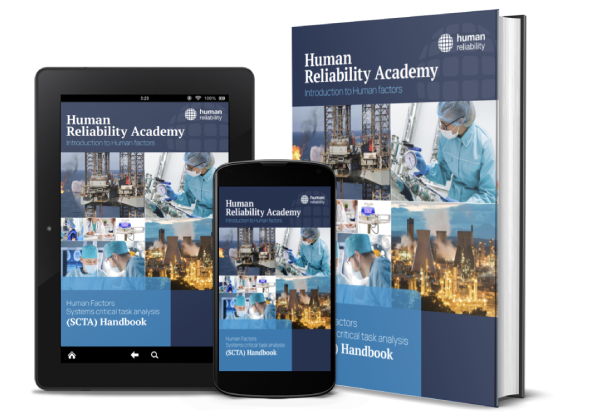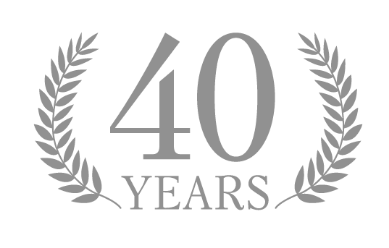Fatigue management at Major Accident Hazard (MAH) sites has become a hot topic during the coronavirus pandemic. Due to illness and self-isolation, MAH sites are faced with the potential for significant reductions in their available pool of staff. In order to maintain critical services, fatigue may become an issue for those staff still able to work as they cover their colleagues’ shifts. In this blog we’ve summarised some things to think about when addressing this issue.
We’re focusing here between on fatigue management rather staffing levels. These are linked topics, but we believe that fatigue warrants separate consideration. We plan to address staffing levels, and their relationship to fatigue, in a future blog.
We have assumed here that any site considering this issue has appropriate existing fatigue management policies and practices, with a risk-assessed shift pattern that takes account of the guidance set out in HSG256 Managing Shiftwork. This must be supported by appropriate systems, polices, and procedures, which establish management commitment, clearly define roles and responsibilities, and involve workers. Even in these difficult times, the main principle is that, as shift work has the potential to affect the health and safety of employees and the public, risks must be controlled.

It is likely that the coronavirus outbreak will lead to unusually high levels of absenteeism, as a result of illness or self-isolation. This will put pressure on shift patterns, with individuals that remain at work experiencing additional fatigue, which, in turn, will increase the potential for health effects and higher likelihoods of failures and accidents.
To have the best chance of navigating this issue, sites must have good shift work surveillance systems. This should include records directly related to shift work (e.g. overtime, shift-swapping) and measures that might be affected by shift work issues (e.g. accidents, absences from work, productivity, staff feedback on welfare).

One potentially useful option, mentioned in HSG256, is the HSE Fatigue Risk Index (https://www.hse.gov.uk/research/rrhtm/rr446.htm). This organises fatigue research into a spreadsheet tool, which can be used to calculate fatigue and risk scores are calculated based on inputted information about a specific shift pattern (e.g. shift patterns, commuting time, nature of tasks, rest breaks). In the past, we have found it helpful when comparing different proposed shift patterns, but some of our clients have found its usefulness to be limited when assessing their existing shift pattern, as it does not give guidance on acceptable fatigue scores.
However, it does have the potential to be useful in the current situation. For example, to manage higher levels of absenteeism, individuals could have their own entries, tracking the hours they have worked. This will enable both comparisons between individuals (e.g. this individual is more at risk of fatigue than a colleague), which could support decisions around overtime, and also identify days within shift patterns where individuals are more at risk of fatigue. In the latter case, where an increased risk of fatigue is identified, some of the mitigation measures set out in HSG256 could be more rigorously enforced (e.g. more frequent breaks, scheduling a range of different task types, avoiding safety critical tasks).
As time goes on, and, potentially, the shift pattern needs to be reorganised to address the reduced pool of workers. It could be used in a manner closer to its original intention, i.e. by comparing different shift work options to establish which has the greatest associated risk of fatigue.
A parallel activity could be the use of self-report measures (e.g. the Epworth Sleepiness Scale), where shift workers are asked to answer some questions to determine their level of fatigue, again, this will help to identify situations where additional mitigation measures are required.
These activities will require additional work, but this effort is likely to be proportionate in the current climate, where issues arising from fatigue will be one of the most pressing concerns at MAH sites. If you would like to speak to one of our consultants about fatigue, or any other HF issues, please get in touch.
If you need Human Factors help and advice contact our Human Factors consultants to discuss your requirements and how we can help.














